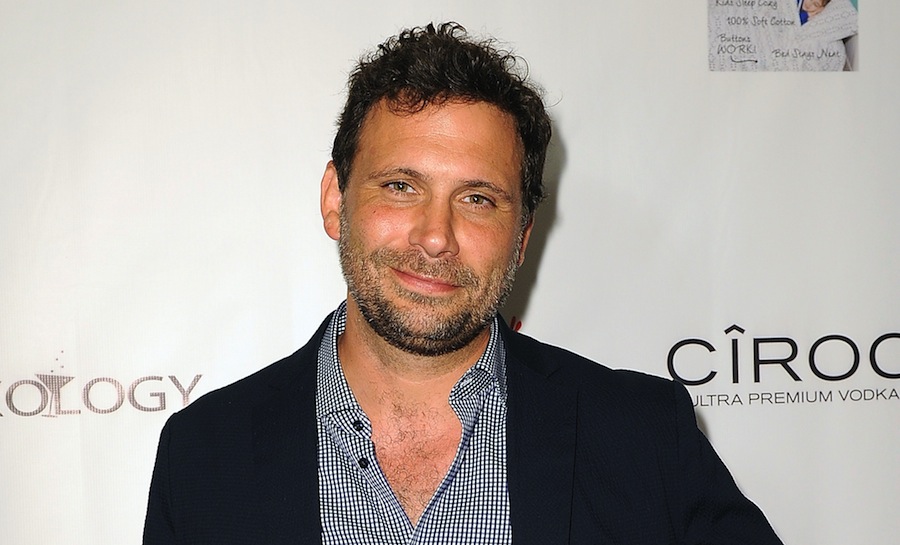Jeremy Sisto can tell you “The Other Side of the Door” isn’t just about scares. “I was kind of expecting a normal horror thing — that we would be running from evil people,” the actor tells us. “This one’s a little more complicated.” RELATED: Review: “Zootopia” is that cute Disney film about the perils of bigotry In fact, it sounds like a drama. Sisto plays an American in Mumbai whose young son accidentally drowns in a car accident. His wife (Sarah Wayne Callies, of “The Walking Dead”) was the one driving and couldn’t save him. Overwrought with grief, she discovers she can say goodbye to him via an old Indian ritual. In the process, she accidentally unleashes his spirit into the world, along with others, wreaking havoc. More than most horrors, it’s about something real, namely grief and the sometimes dangerous limits of parental love. (Its premise is even reminiscent of 1971’s “Deathdream,” in which a mother won’t let her husband destroy their son, who’s come back from the dead a ravenous zombie.) RELATED: Review: “Whiskey Tango Foxtrot” is not “Liz Lemon Goes to War” “That’s the great thing about horror: You can combine it with other genres. You can deal with any theme you want to,” Sisto says. “And then you have this tool to make sure the audience is gripped to their seat and engaged.” Indeed, he admits it was sometimes too heavy for him. “There are some things you don’t want to imagine too much,” he says. “It’s impossible to even imagine what it’s like to lose a child. There were certain takes when it felt like my brain wouldn’t let me imagine the circumstances anymore.” Sisto is no stranger to the morbid. He spent years on “Six Feet Under,” playing Billy Chenowith, the unstable brother of Rachel Griffiths’ Brenda. Still, he doesn’t tend to watch horror as much as he used to. RELATED: Interview: Freida Pinto on what on earth it’s like to act in a Terrence Malick movie “My wife doesn’t like them,” he says. But he’s drawn towards ones that tend to be brainier. “I’m a fan of dramas. I’m naturally drawn to things that deal with human emotions in a way that I can relate to.” Making the film also meant shooting in India, which he’d never been to before. “You’re learning about another culture while you’re working,” Sisto explains. “The history of Mumbai is etched in the city and the streets and every landscape you see. There’s something about the imagery that feels like it’s always been there. It has a very real beginning-of-time feel.” And does he tend to be morbid himself, given his track record? “I definitely think all life is about death,” he replies. “Any moment we live there’s some kind of reflection about the one thing we all share: We’re all going to die and we don’t know what that means. I think most great art comes from that meditation.”
Jeremy Sisto talks death and ‘The Other Side of the Door’

Getty Images
Follow Matt Prigge on Twitter @mattprigge


















